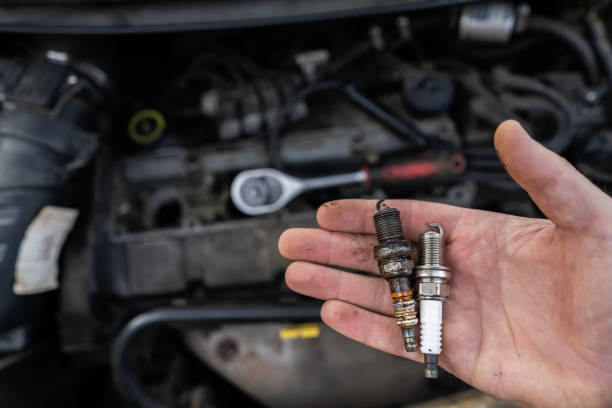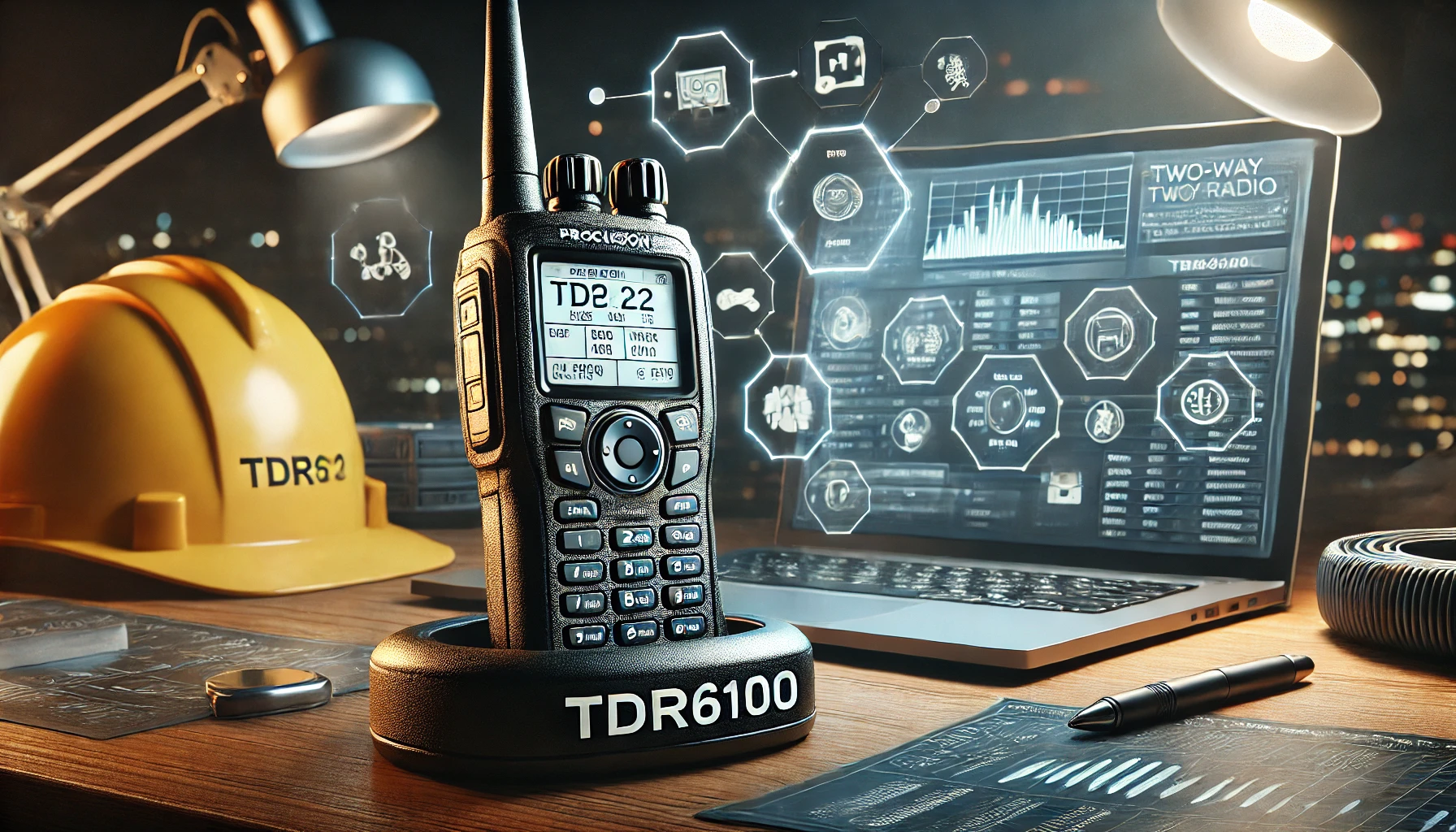I. Introduction
The fuel shut-off solenoid, though small in size, plays a critical role in the proper functioning of engines. Whether you’re dealing with a lawnmower, tractor, or generator, this unassuming component ensures that fuel flow is controlled precisely. But what happens when it goes awry?
This comprehensive article will explore the symptoms that signal a malfunctioning fuel shut-off solenoid and discuss why recognizing these signs is essential for maintaining engine health.
The Role of the Fuel Shut-Off Solenoid
Before we dive into the symptoms, let’s understand what the fuel shut-off solenoid does. Imagine you’ve just finished mowing your lawn, and it’s time to turn off the lawnmower.
The fuel shut-off solenoid steps in at this moment. When you switch off the ignition, it receives an electrical signal, causing it to close off the fuel supply to the engine. This action prevents fuel from flowing into the combustion chamber, effectively shutting down the engine. Without a functional solenoid, your engine might continue to run even after you’ve turned off the key.
Why Recognizing Symptoms Matters
Identifying symptoms of a bad fuel shut-off solenoid is crucial for several reasons:
- Safety: A malfunctioning solenoid can lead to unexpected engine behavior, such as backfires or erratic idling. Recognizing these symptoms early can prevent accidents and keep you safe.
- Fuel Efficiency: When the solenoid fails, fuel may continue to flow even when the engine isn’t running. This wastes fuel and affects overall efficiency.
- Engine Longevity: Ignoring solenoid issues can harm your engine over time. Addressing symptoms promptly can extend the life of your equipment.
The fuel shut-off solenoid is a small but critical component found in various internal combustion engines. Whether you’re dealing with a lawnmower, tractor, or generator, understanding the symptoms of a malfunctioning solenoid can save you time, and money, and prevent unexpected breakdowns.
1. Engine Stalling:
When your engine stalls abruptly during operation, it’s often a sign of trouble. The fuel shut-off solenoid controls the flow of fuel from the tank to the carburetor or fuel injection system.
If the solenoid fails, it disrupts this flow, causing the engine to shut down unexpectedly. Imagine driving your tractor across a field, and suddenly the engine dies—this could be due to a faulty solenoid. Prompt diagnosis and replacement are crucial to avoid safety hazards and productivity losses.
2. Difficulty Starting the Engine:
Starting your engine should be a straightforward process, but a bad fuel shut-off solenoid can make it frustratingly difficult. Here’s what you might experience:
- Cranking Without Starting: You turn the key or pull the starter cord, and the engine cranks but doesn’t fire up. The solenoid’s malfunction prevents the proper fuel delivery needed for ignition.
- Delayed Engine Startup: Even if the engine eventually starts, it takes longer than usual. This delay indicates an underlying issue with the solenoid. Ignoring it could lead to more severe problems down the line.
3. Rough Idling:
Idle stability matters for engine performance and longevity. A malfunctioning solenoid disrupts the fuel supply during idle, leading to:
- Unsteady or Uneven Engine Idle: When your engine idles roughly, it vibrates or shakes irregularly. This inconsistency affects overall efficiency and can strain other components.
- Vibrations or Shaking While Idling: Pay attention to how your engine behaves when it’s not under load. If it feels rough or unbalanced, suspect solenoid trouble.
4. Decreased Engine Performance:
A healthy engine delivers optimal power and responsiveness. However, a bad fuel shut-off solenoid can hinder performance:
- Loss of Power During Acceleration: When you press the gas pedal, the engine struggles to accelerate. It feels sluggish and lacks the usual pep.
- Inability to Reach Optimal Speeds: Whether you’re mowing the lawn or operating heavy machinery, a compromised solenoid prevents your equipment from reaching its full potential. Efficiency drops, affecting productivity.
5. Fuel Leakage:
Fuel leaks are never a good sign. If you notice any of the following, investigate the solenoid area:
- Presence of Fuel Leaks Around the Solenoid: Inspect for wet spots, drips, or puddles near the solenoid. Leaking fuel poses safety risks and can damage nearby components.
- The smell of Gasoline in the Engine Compartment: A strong gasoline odor indicates a leak. Address it promptly to prevent fire hazards and environmental contamination.
III. Additional Symptoms to Consider
Electrical Issues:
- Problems with Wiring or Connections: Damaged wires or loose connections can interfere with the solenoid’s operation. Inspect the wiring harness and connectors for signs of wear or corrosion.
- Malfunctioning of Related Electrical Components: A failing solenoid can affect other electrical components, such as the fuel pump relay or the engine control module (ECM). Keep an eye out for any unusual behavior in these systems.
Overheating:
- Excessive Heat Generated by the Solenoid: A malfunctioning solenoid may overheat due to prolonged operation or internal resistance. Heat can cause the solenoid coil to degrade, affecting its performance.
- Engine Temperature Rising Above Normal Levels: Monitor your engine temperature gauge. If it consistently runs hotter than usual, it could be related to solenoid issues.
Engine Misfires:
- Intermittent or Continuous Misfiring of Engine Cylinders: Inconsistent fuel delivery can lead to misfires. Misfiring cylinders result in rough engine performance, reduced fuel efficiency, and potential damage to the catalytic converter.
Dashboard Warning Lights:
- Check Engine Light Illumination: A malfunctioning fuel shut-off solenoid often triggers the check engine light. Don’t ignore this warning; have your vehicle diagnosed promptly.
- Activation of Other Relevant Warning Indicators: Depending on your car’s make and model, other warning lights (such as the fuel system or emissions-related lights) may also illuminate.
IV. Diagnostic Procedures
When dealing with a potentially faulty fuel shut-off solenoid, thorough diagnostic procedures are essential. Let’s explore the steps you can take to identify and address the issue:
1. Visual Inspection:
- Begin by visually examining the solenoid. Look for any signs of physical damage, wear, or corrosion. Inspect the wiring harness and connectors as well. Loose connections or frayed wires can affect the solenoid’s performance.
2. Electrical Testing:
- Use a multimeter to test the solenoid’s electrical continuity. Check for proper voltage and current flow. If the solenoid fails this test, it may need replacement.
3. Functional Testing:
- Apply power to the solenoid and observe its response. Does it open and close as expected? Test its ability to control fuel flow. If it remains stuck or doesn’t function correctly, it’s likely faulty.
4. Professional Consultation:
- When in doubt, seek assistance from trained technicians. They have specialized diagnostic equipment to pinpoint solenoid issues accurately. Professional diagnosis ensures accurate results and prevents unnecessary part replacements.
VI. Conclusion
In conclusion, recognizing and addressing issues with the fuel shut-off solenoid is vital for maintaining engine health and performance. Symptoms such as difficulty starting the engine, rough idling, decreased engine performance, fuel leakage, electrical issues, overheating, engine misfires, and warning lights on the dashboard should prompt immediate inspection.
Through a combination of visual inspection, electrical and functional testing, and, when necessary, professional consultation, you can identify and rectify solenoid issues before they escalate into more significant problems. Regular maintenance and prompt attention to these symptoms can save time, and money, and prevent safety hazards, ensuring your engine operates efficiently and reliably.
V. FAQs
What are the signs of a failing fuel shut-off solenoid?
Signs of a failing fuel shut-off solenoid include engine stalling, difficulty starting, rough idling, decreased performance, and potential fuel leaks.
How to diagnose a faulty fuel shut-off solenoid?
Diagnose by visual inspection for damage, electrical testing with a multimeter, and observing solenoid response to power.
What happens when the fuel solenoid goes bad?
When it fails, engine performance suffers, leading to stalling, starting issues, rough idling, and possible fuel leaks.
How do you test a fuel shut-off solenoid?
Test using a multimeter for continuity, apply power to check solenoid response and inspect for physical damage or corrosion.
What does a fuel shutoff solenoid do?
It controls fuel flow to the engine, enabling smooth starting and operation, and shutting off fuel when the engine is off.
What are the symptoms of a bad stop solenoid?
Similar to a failing fuel shut-off solenoid: engine stalling, starting difficulty, rough idling, decreased performance, and potential fuel leaks.











Leave a Reply